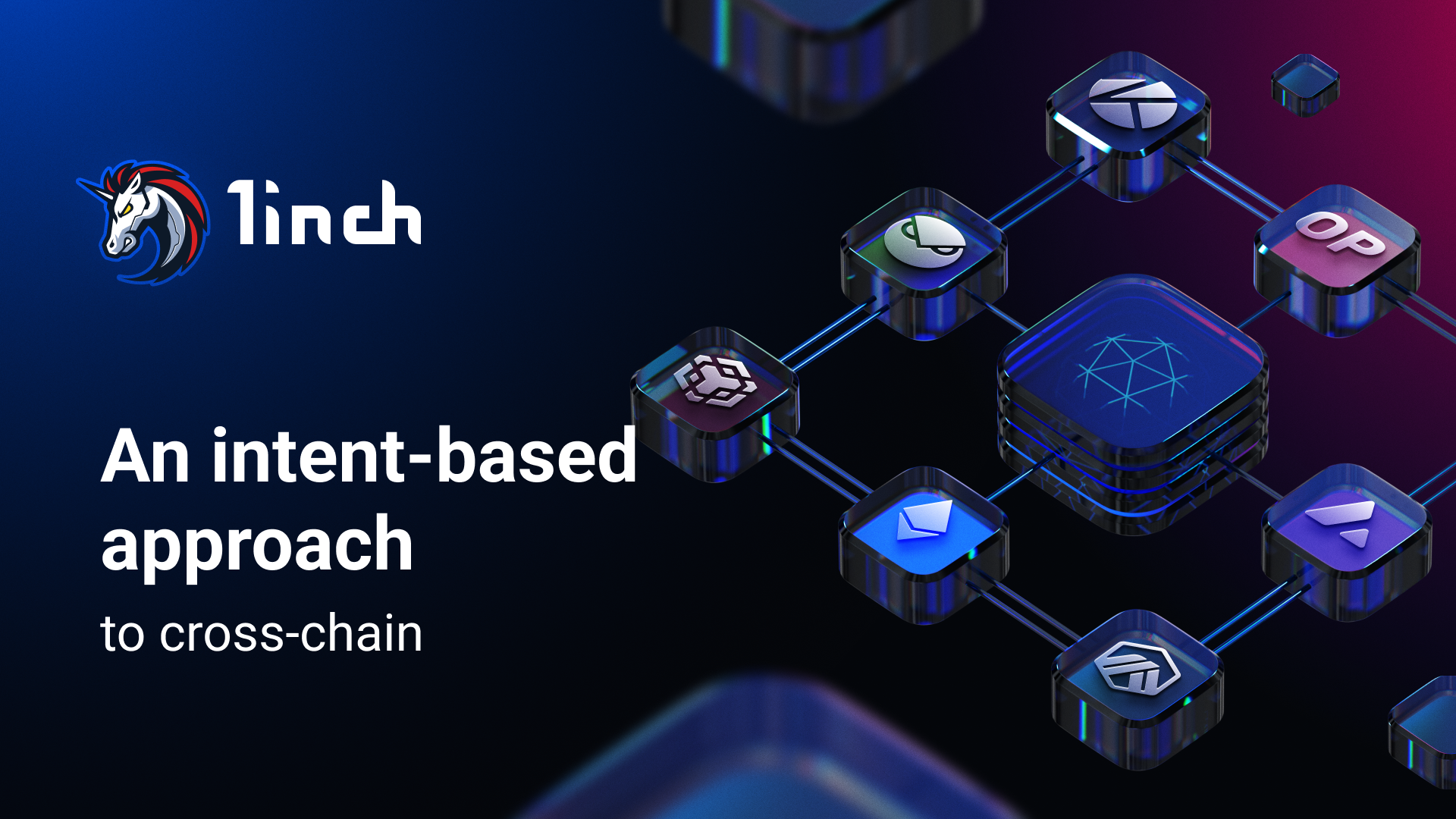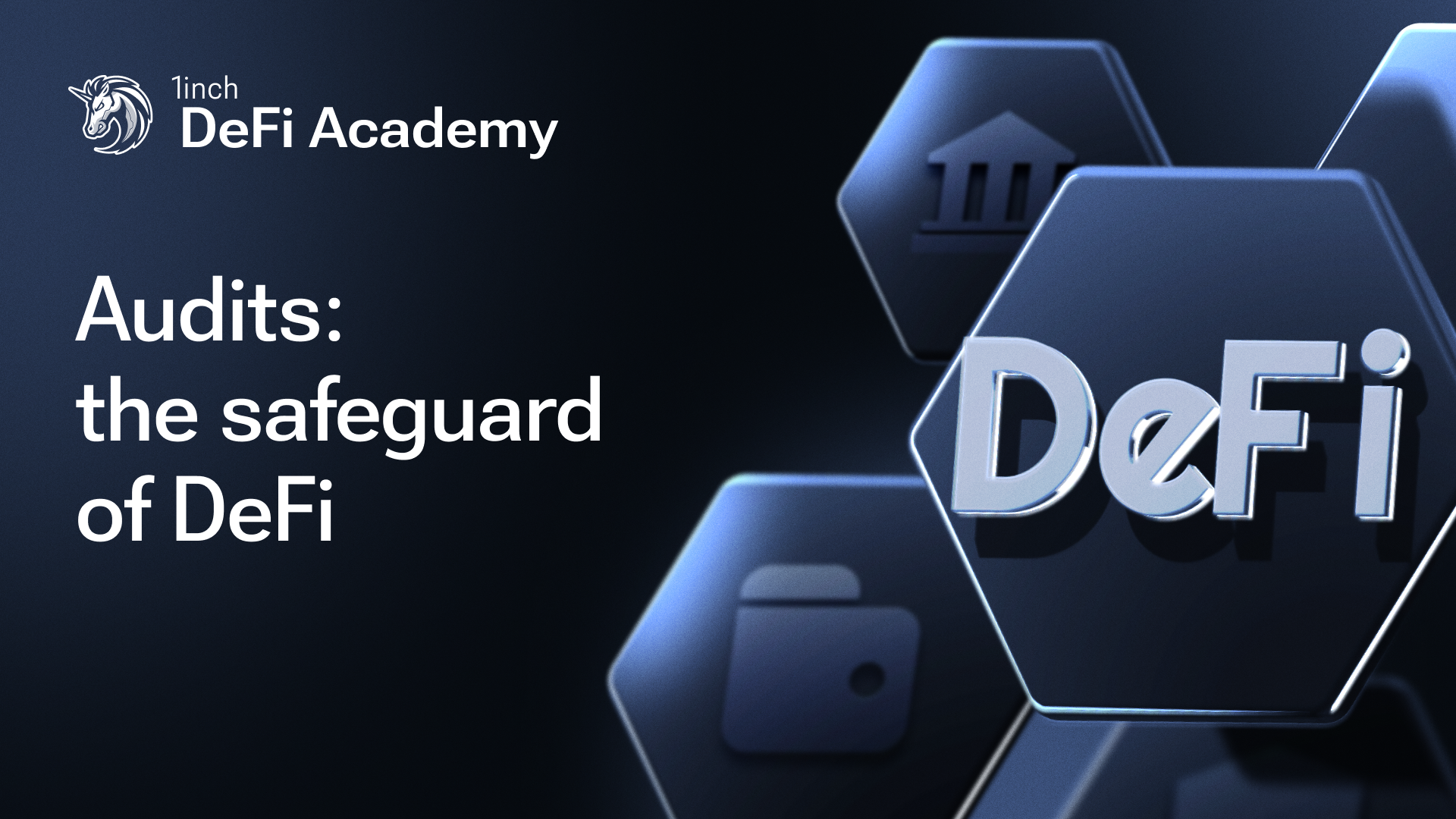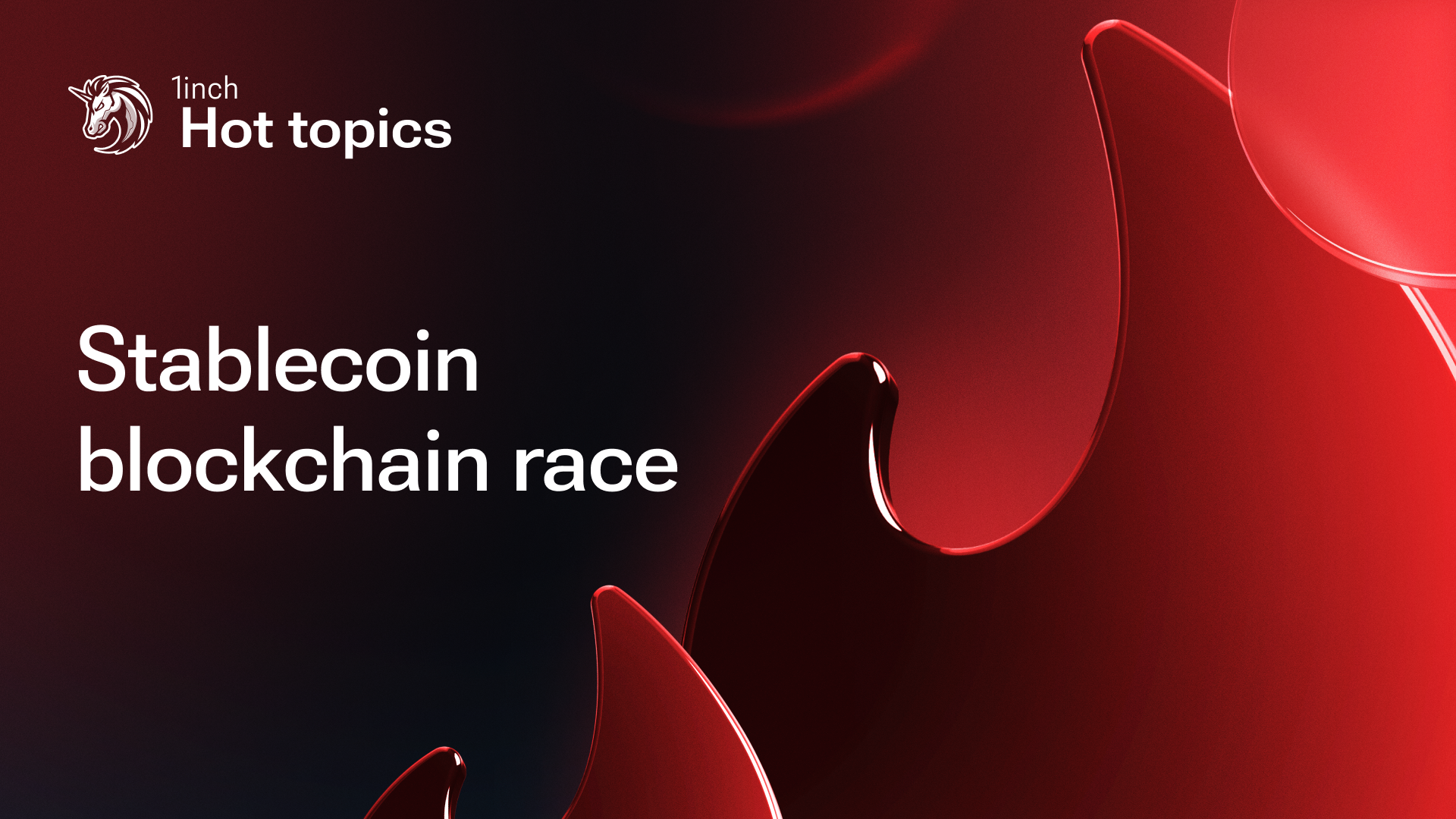Cross-chain interoperability: an intent-based approach

In a recent post, we discussed the importance of cross-chain interoperability for the Web3 space. Today, we’ll focus on how an intent-based approach can improve the efficiency of cross-chain swaps.
Various approaches to achieving cross-chain interoperability have been tested so far. One recent concept is intents, aimed to make the DeFi space more efficient and secure. You can learn more about intents from a presentation by 1inch’s co-founder Sergej Kunz earlier this year, which is summed up in this post.
In the crypto space, intents have revolutionized transaction execution. They are essentially trades in which a user defines the desired outcome rather than a transaction execution route. Put simply, intents require users to specify WHAT outcome they want rather than HOW it should be achieved.
For example, suppose a user wants to exchange USDC for ETH. The user sets a minimum return they are willing to accept, and professional market makers fill the order, achieving WHAT the user wants without the user needing to worry about HOW it happens.
One of the pioneering intent-based solutions is 1inch Fusion, launched in December 2022.
1inch Fusion allows users to swap tokens without incurring gas fees, while providing access to extensive liquidity throughout the crypto space and shielding them from maximal extractable value (MEV). In 1inch Fusion, all swaps are executed by resolvers - professional and verified traders who compete to provide the best execution rates.
In 1inch Fusion, users set their target outcomes, and resolvers achieve these using the most effective strategies. With 1inch Fusion, users state their swap intents, and the protocol ensures optimal execution by resolvers.
The same approach could also be applied to cross-chain swaps, where resolvers consolidate both on-chain and off-chain liquidity and mitigate risks for users by utilizing their own funds to fulfill the intent.
An intent-based cross-chain swap is similar to sending a package overseas. The sender doesn't need to worry about each part of the trip or finding the best routes. Their main goal is just to make sure the package gets to the recipient. In cross-chain crypto swaps, resolvers take on the task of navigating through multiple ecosystems for users.
An intent-based approach to cross-chain swaps not only enhances execution but also improves risk management by shielding you from MEV, thus offering a superior user experience.
Cross-chain intents consolidate liquidity throughout the entire DeFi ecosystem. Without intents, users would be confined to a smaller pool of liquidity. The intent-based model addresses this by allowing users to access the combined liquidity of all resolvers. Resolvers, with access to various liquidity sources across multiple chains, effectively bring this liquidity closer to the user.
Crucially, intents protect users from MEV by preventing any single transaction route from being vulnerable to sandwich attacks. Resolvers assume all risks to fulfill the intent based on users’ specified desired outcomes.
Moreover, cross-chain intents enhance user value by potentially reducing costs and speeding up swaps, mainly because resolvers compete with each other for the right to fill transactions, which leads to more favorable swap rates.
Stay tuned for more posts about cross-chain!




























